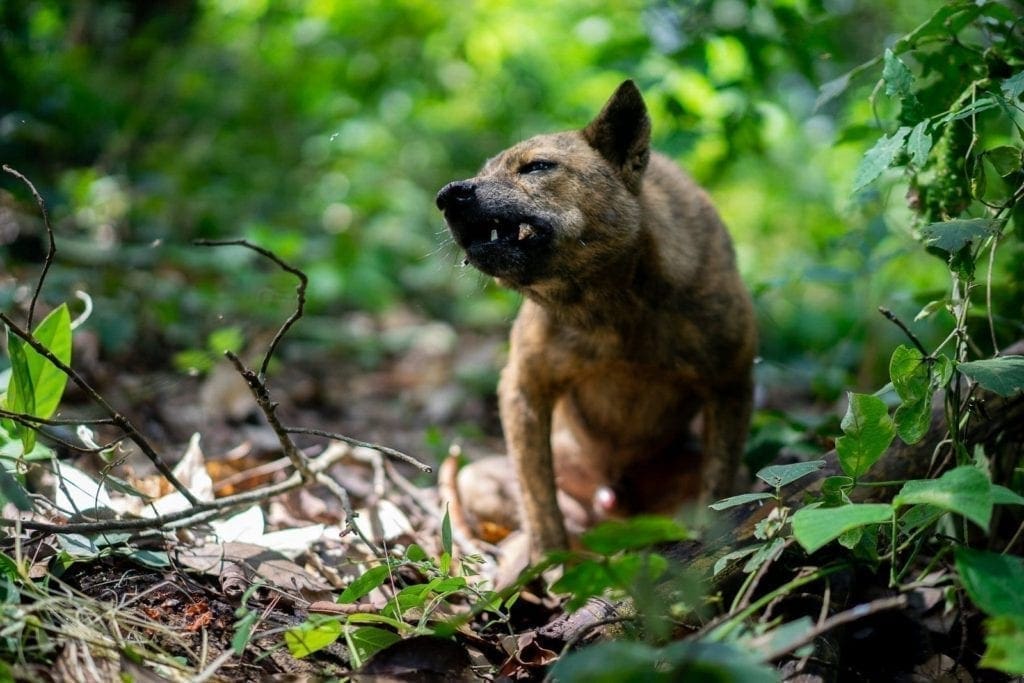The jungle in northern Thailand, near the Doi Mod mountains, is very dense. Light struggles to filter through the branches and breathing becomes laboured due to the lack of air. The mud, due to the very high humidity, can be very slippery and a stick is needed to walk along the rough paths with the machete. But for the Lahu people, this has never been an obstacle; on the contrary, for them, the jungle is a sacred place.
This ethnic group, originally from the Tibetan plateau, first migrated to the Chinese province of Yunnan and then in the late 19th century spread to Myanmar, Laos, Vietnam and Thailand. Between the cities of Chiang Mai and Chiang Rai are nearly 300 villages inhabited by about 70 thousand Lahu, who are divided into five subgroups, whose names are derived from the color of their traditional clothes: the Lahu Na (Black Lahu), the Lahu Nyi (Red Lahu), the Lahu Hpu (White Lahu), the Lahu Shi (Yellow Lahu) and the Lahu Shehleh.
Their language has no written form and their main activity today is subsistence farming. Like the other northern tribes, they worked in opium poppy cultivation. Having become an illegal practice and strongly opposed by the Thai government, it has been replaced by the cultivation of vegetables and coffee, thanks in part to the Royal Project for the Hill Tribes, which promotes the dissemination of produce in markets in the region.

In the jungle, they go hunting, perpetrating ancient traditions and thereby celebrating the sacred ritual of union with nature.
Everything around the Musoe (hunters), as they are called in Thailand, is sacred according to their ancient animist-theist doctrine, for which the existence of a supreme god has power over all creation
Among the dense rainforest vegetation, they move silently, accompanied by the faithful hunting dog. On his shoulders the sack with some supplies. What they need is taken from the jungle: with bamboo, they make cups and lunch ware while from the leaves of a large banana tree, they make a mat. To thank the forest spirits, before eating, the hunters put some food on a small leaf and leave it lying on the trunk of a tree.
In addition to hunting with an old rifle, they also collect medicinal herbs, firewood, grubs, dried fruit and acorns to take back to the village.

